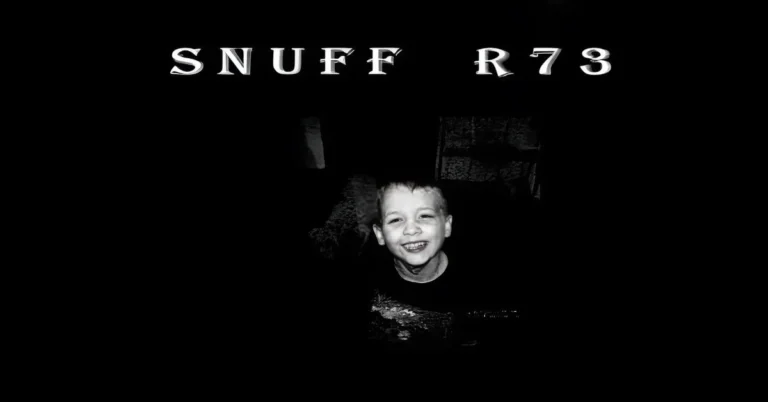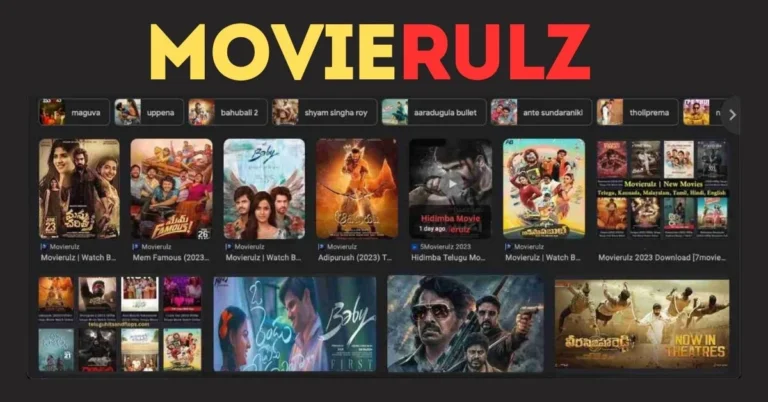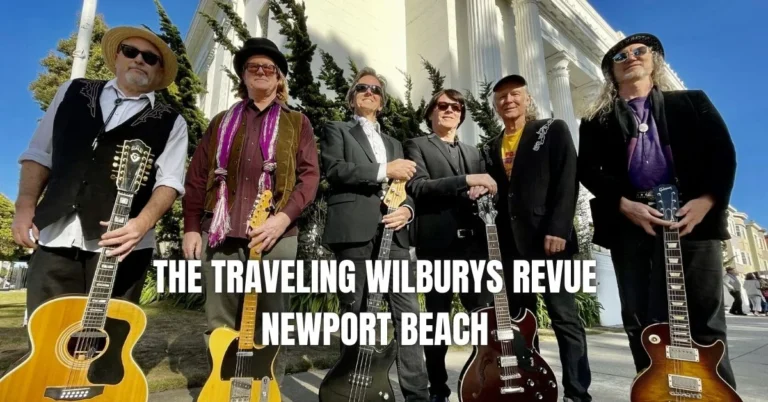Tally Hall Before 2005: The Rise of a Quirky Sound
Tally Hall, an indie band that masterfully blends humor with alternative rock, started its musical journey in 2002. Known for their eccentric style and colorful ties, Tally Hall built a strong foundation in the early 2000s before achieving widespread recognition. The story of their rise, particularly from 2002 to 2005, is filled with creativity, experimentation, and the formation of a cult following. This article delves into the band’s formation, their musical evolution, and key releases during this time, as well as the commercial appeal that followed.
The Formation of Tally Hall
In December 2002, Tally Hall was formed in Ann Arbor, Michigan, when five college students bonded over their shared passion for music and creativity. The members—Rob Cantor (vocals, guitar), Joe Hawley (guitar), Zubin Sedghi (bass), Andrew Horowitz (keyboard), and Ross Federman (drums)—met while attending the University of Michigan. Each member contributed distinct musical influences and talents, which would later define the band’s eclectic sound.
While their musical journey started in college dorms, Tally Hall’s unique blend of humor, pop melodies, and offbeat harmonies quickly stood out. The band’s name, inspired by a quirky shopping plaza in Michigan, reflected their playful and unconventional approach to music. Unlike many indie bands, Tally Hall embraced visual identity early on, with each member donning a different-colored tie to create a memorable, coordinated look on stage.
Early Musical Style and Influences
Tally Hall’s early music was an adventurous mix of various genres. The band drew inspiration from 1960s pop (notably The Beatles), garage rock, and alternative rock. Their songs often featured tight, catchy harmonies, intricate arrangements, and humorous lyrics that highlighted their quirky personalities.
Their sound can be described as whimsical and experimental, but still grounded in strong melodies and polished musicianship. One of their defining traits was the ability to blend serious musicianship with light-hearted, sometimes absurd, lyrical content. This approach allowed them to stand out from the often introspective tone of many indie bands at the time.
Songs like “Good Day” and “Banana Man” from their early catalog perfectly capture the band’s willingness to experiment while staying rooted in accessible pop melodies. They maintained a balance between fun and technical proficiency that intrigued listeners and helped build an audience.
First Releases: The Party Boobytrap EP (2003)
Before their full-length album, Tally Hall released their “Party Boobytrap” EP in 2003. Although it was a small release, it marked an important step in the band’s early career. The EP featured raw, early versions of several songs that would later be refined and included on their debut album, Marvin’s Marvelous Mechanical Museum.
The standout track from this EP was “Good Day,” which demonstrated the band’s knack for combining upbeat melodies with clever, quirky lyrics. This track would later be re-recorded for their full-length album, but the early version already showed promise. Party Boobytrap helped Tally Hall establish a local fan base, and its DIY nature made it a favorite among early followers of the band.
Although it wasn’t a commercial success in the traditional sense, the EP paved the way for bigger opportunities by helping the band develop their sound and gain experience in both recording and performing.
Live Performances: Building a Fanbase in Ann Arbor
Tally Hall’s live performances in the early 2000s played a critical role in their rise. They quickly earned a reputation for being entertaining and visually engaging, thanks in part to their colorful ties, with each member adopting a unique color that matched their personality. Beyond their look, their stage presence was vibrant and filled with humor, which kept audiences coming back for more.
The band played regularly around Ann Arbor, often performing at local venues, house parties, and small festivals. These live shows helped them build a loyal local following. The energy they brought to each performance, combined with their quirky musical style, made them stand out in the college music scene.
Performances were filled with audience interaction and playful banter, creating an intimate and unique connection with their fans. This early fanbase, rooted in the University of Michigan and the surrounding area, became a key part of the band’s support system as they prepared for their next big step.
The Evolution of Their Sound Before 2005
In their early years, Tally Hall was constantly refining and developing their sound. The music they played before 2005 reflected a more raw, experimental side of the band, but even at this early stage, they displayed a remarkable ability to create complex harmonies and engaging songs.
Songs like “The Bidding” and “Greener” showed a more polished side to their quirky songwriting, as the band started to focus more on creating memorable hooks and fine-tuning their performances. The use of varied instrumentation, from piano melodies to intricate guitar riffs, was becoming more refined as the band continued to grow.
By 2005, the band had mastered blending serious musicianship with humorous and lighthearted lyrics. Their songwriting showed both maturity and the same playfulness that had been there since the beginning, which set the stage for their debut album.
Tally Hall’s Major Break: Marvin’s Marvelous Mechanical Museum
Tally Hall’s big breakthrough came in 2005 with the release of Marvin’s Marvelous Mechanical Museum, an album named after an eccentric museum in Michigan that reflected the band’s love for all things whimsical and strange. The album, which was a mix of songs the band had worked on for years, was a culmination of their early work and their growing ambition.
Although Marvin’s Marvelous Mechanical Museum was officially released in 2005, many of the tracks had been performed live and developed well before that time. The album showcased a diverse range of styles, from indie rock to baroque pop, with plenty of playful lyrics and colorful instrumentation.
Tracks like “Banana Man,” “The Bidding,” and “Good Day” became fan favorites. The album received positive reviews for its originality, and it quickly established Tally Hall as a band to watch in the indie music scene.
Balancing Music and Education
One of the unique aspects of Tally Hall’s early career was the challenge of balancing music with their educational pursuits. Several members, including Rob Cantor, were enrolled in demanding programs at the University of Michigan, with Cantor even receiving a full scholarship to medical school. Despite this, the band members made the decision to pursue music full-time, putting their education on hold to give the band a chance.
Andrew Horowitz also gained early recognition by winning the prestigious 2004 John Lennon Scholarship for his songwriting, particularly for the song “Good Day.” This helped the band gain credibility and motivated them to continue pushing their musical careers forward.
The sacrifices paid off, as the band began to gain attention not just locally but on a broader scale as they performed at major events like South by Southwest and eventually secured a record deal.
Rare and Early Demos: Hidden Gems from Tally Hall’s Early Years
Tally Hall’s early years are full of hidden gems, including rare demo recordings and live performances that die-hard fans continue to seek out. Some of these early demos offer a glimpse into the band’s creative process before their songs became polished for Marvin’s Marvelous Mechanical Museum.
Tracks from their Party Boobytrap EP, along with live recordings from their early shows, provide a rawer, more experimental version of the band’s later sound. These rare recordings are cherished by fans who appreciate the evolution of the band’s music and how they refined their sound over time.
Growing a Cult Following
Even before their debut album, Tally Hall had already started to cultivate a dedicated following. Their quirky music videos, engaging live shows, and distinctive look made them stand out in the indie scene. They began to attract attention online, thanks in part to their early music videos and online presence, which allowed them to connect with fans far beyond Michigan.
The band’s unique approach to music, combined with their willingness to embrace humor, earned them a small but devoted fanbase, many of whom followed the band’s growth closely as they prepared for bigger projects.
Conclusion: Tally Hall’s Pre-2005 Journey
The story of Tally Hall before 2005 is one of experimentation, hard work, and dedication to creating something unique. From their early formation at the University of Michigan to their first EP and increasingly polished live shows, the band steadily built a foundation for the success that was to come.
Their quirky blend of humor, sharp songwriting, and theatrical performances made them stand out in the indie music world, and by 2005, they were ready to take the next step with the release of Marvin’s Marvelous Mechanical Museum.
FAQs:
What were Tally Hall’s early performances like?
Tally Hall’s early shows were filled with energy, humor, and a distinctive visual style. Their colorful ties and witty banter created a fun atmosphere, helping them build a loyal local following in Michigan.
Did Tally Hall release any music before Marvin’s Marvelous Mechanical Museum?
Yes, Tally Hall released an EP titled “Party Boobytrap” in 2003. This early release featured songs like “Good Day,” which was later re-recorded for their debut album.
How did Tally Hall’s sound evolve from their early days to 2005?
The band’s sound evolved from raw, experimental tracks to more polished, complex songs. They retained their quirky humor but refined their arrangements and melodies, leading to a more cohesive and professional sound by 2005.
Are there any rare or demo tracks from Tally Hall before 2005?
Yes, several rare demos and early live recordings exist from Tally Hall’s pre-2005 era. These tracks offer fans a glimpse into the band’s early creative process and have become collector’s items among devoted fans.
What inspired the formation of Tally Hall in 2002?
Tally Hall was formed by friends at the University of Michigan who shared a passion for music and performance. Their mutual love for blending humor with catchy melodies inspired them to create a band that stood out for its playful and experimental sound.







